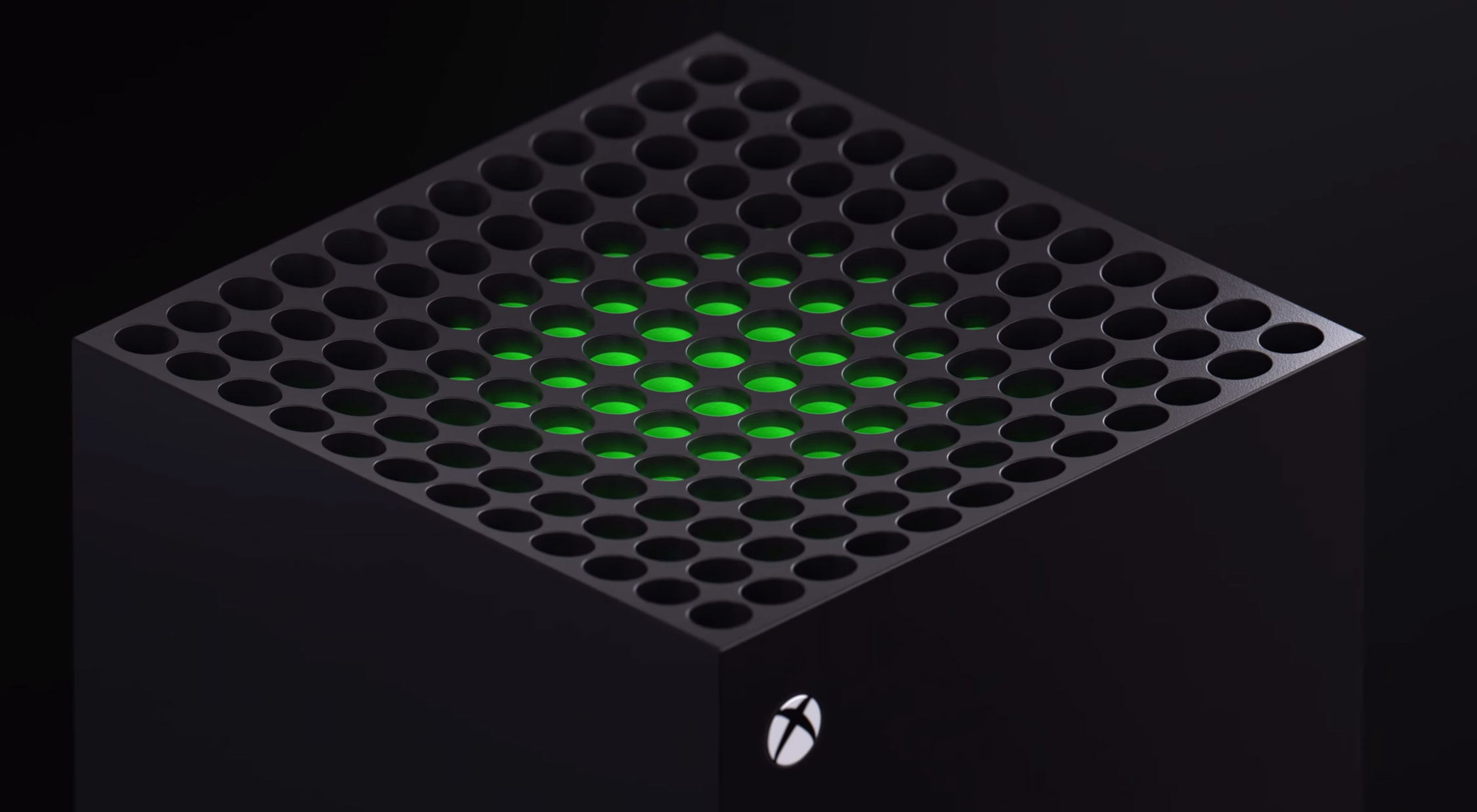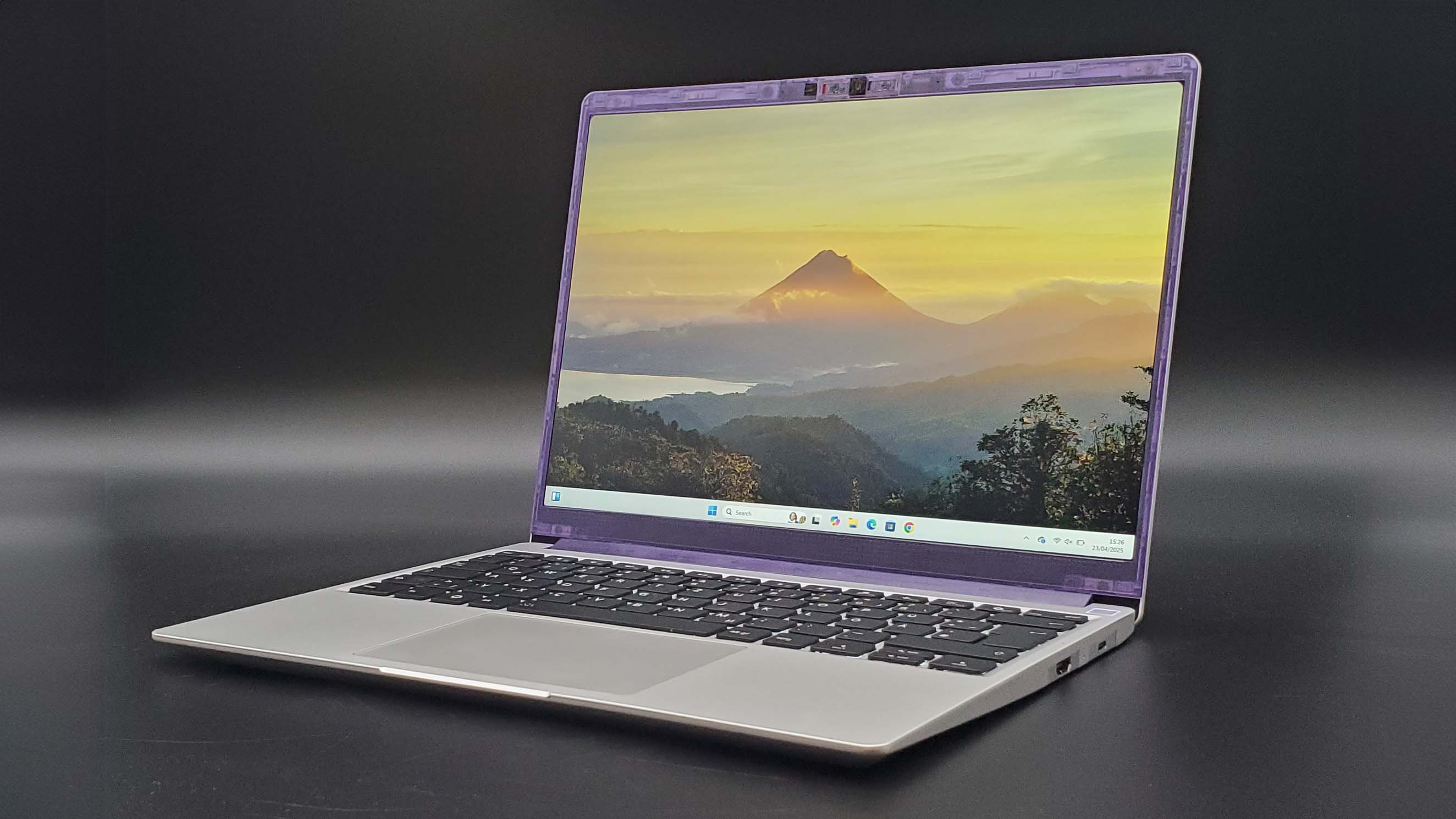On paper, the GPU in the Xbox Series X is faster than a GeForce RTX 2080 Super
Microsoft confirmed the GPU inside the Xbox Series X is based on AMD's RDNA 2 architecture with 12 TFLOPs of performance.

Microsoft says that its next-generation console, the Xbox Series X, will include a GPU based on AMD's second-generation Radeon DNA architecture (RDNA 2) and offer up 12 teraflops of graphics performance.
That means that the Xbox Series X GPU is twice as powerful as the Xbox One X GPU, and more than eight times faster than the Xbox One's. What's more interesting to us, however, is how it compares with PC graphics cards.
Microsoft is presumably referring to single-precision floating point (FP32) performance, as these metrics typically do. At 12 TFLOPs, the GPU inside the Xbox Series X is a tad faster than Nvidia's GeForce RTX 2080 Super, and just a bit behind a 2080 Ti, currently the best graphics card for gaming.
Here's a rundown of graphics cards from both AMD and Nvidia in terms of TFLOPs:
- GeForce RTX 2080 Ti (Turing TU102)—13.45 TFLOPs
- Radeon RX Vega 64 (Vega 10)—12.66 TFLOPs
- Xbox Series X (Navi - RDNA 2)—12 TFLOPs
- GeForce RTX 2080 Super (Turing TU104)—11.15 TFLOPs
- Radeon RX Vega 56 (Vega 10)—10.54 TFLOPs
- GeForce RTX 2080 (Turing TU104)—10.07 TFLOPs
- Radeon RX 5700 XT (Navi 10)—9.754 TFLOPs
- GeForce RTX 2070 Super (Turing TU104)—9.062 TFLOPs
- Radeon RX 5700 (Navi 10 XL)—7.949 TFLOPs
- GeForce RTX 2070 (Turing TU106)—7.465 TFLOPs
- GeForce RTX 2060 Super (Turing TU106)—7.181 TFLOPs
- GeForce RTX 2060 (Turing TU106)—6.451 TFLOPs
There are different ways of looking at this. Analyzing just the raw FP32 numbers, the Xbox Series X offers up around 20 percent more graphics power than AMD's Radeon RX 5700 XT. It's also nipping at the heels of the 2080 Ti by 1.45 TFLOPs. Other factors dictate performance too, however, such as the underlying architecture, memory configuration, and so forth.
RDNA 2 is what will power the next round of consumer Navi GPUs from AMD. These are the chips that will bring hardware support for real-time ray tracing, and presumably faster performance coupled with better power efficiency. Microsoft and Sony are both using custom silicon from AMD for their next consoles, but this gives us a rough idea of what to expect from the PC versions.
There probably will not be a direct equivalent on the PC. However, it's a safe assumption that we will see both slower and faster variants in graphics card form. Given what Microsoft has just revealed, there is every reason to believe that upcoming Navi cards will be equal to and potentially faster than Nvidia's current top offering in the consumer space. At least until Nvidia rolls out its next-gen cards as well (Ampere).
The biggest gaming news, reviews and hardware deals
Keep up to date with the most important stories and the best deals, as picked by the PC Gamer team.
"Xbox Series X delivers a true generational leap in processing and graphics power with cutting edge techniques resulting in higher framerates, larger, more sophisticated game worlds, and an immersive experience unlike anything seen in console gaming," Microsoft says.
This part will not necessarily be true on PC. It looks as though AMD's next-generation Navi parts will bring parity to a card that already exists. This will allow more games to be played at 4K on AMD hardware, but 4K gaming itself is already attainable.
As far as gaming performance goes, Microsoft is claiming "support for up to 120 fps." More details are needed to really take anything away from that, such as what resolution Microsoft is talking about (1080p most likely), what graphics settings, and in what specific games 120 fps will be attainable.
Microsoft also revealed some other bits about the Navi GPU inside the Xbox Series X. Namely, it will support variable rate shading (VRS) and hardware-accelerated DirectX Raytracing (DXR).
We already knew the latter was coming, and the former was anticipated. Nvidia offers both features on its latest GeForce GPUs. DXR is the Microsoft API powering most of today's ray tracing workloads in games, and VRS is a technique to optimize a GPU's resources by reducing the shading rate in areas of an image "with little or no reduction in perceptible output quality." Microsoft pitches it as a "free" performance boost.
The Xbox Series X is scheduled to arrive during holiday 2020. AMD has already confirmed we will see next-gen Navi GPUs for the PC this year as well, though it's not yet clear if they will arrive before or after the upcoming console launches. At least now we know what to expect in terms of performance, though.
Paul has been playing PC games and raking his knuckles on computer hardware since the Commodore 64. He does not have any tattoos, but thinks it would be cool to get one that reads LOAD"*",8,1. In his off time, he rides motorcycles and wrestles alligators (only one of those is true).


